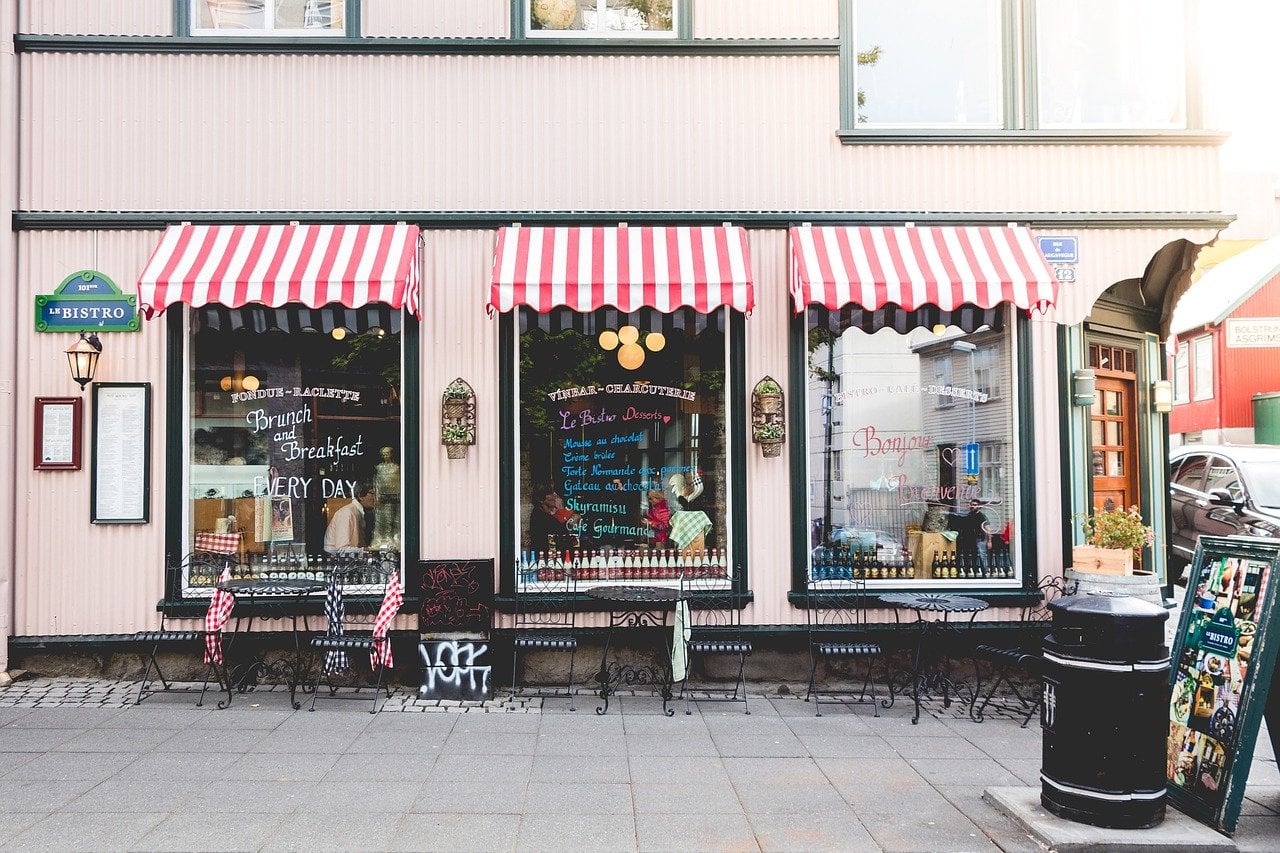When looking at the development of retail throughout the digital era, a common impression is that there’s a clear separation between traditional physical retail and ecommerce. The former features brick-and-mortar stores, cash tills, and stocked shelves. The latter uses virtual stores, electronic payments, and shipments from warehouses through distribution centers. Simple enough.
Q4 2019 hedge fund letters, conferences and more
And for a time, that impression was accurate. Ecommerce first added to the available options with some niche appeal, then reached the mainstream and began to draw sales away from traditional stores — a process that has since continued and seen a heavy reduction in the number of non-grocery stores in operation.
But with the growth of fintech - technology for the management of financial services and methods - has come a significant blurring of that separation. In this post, we’re going to look specifically at how it’s changing physical retail.
It's Allowing Point-of-sale Financing
Throughout the world, something that’s slowly picking up traction is the practice of point-of-sale financing. The concept of allowing buyers to split their payments into numerous instalments (ultimately paying more but getting to distribute that cost) is as old as retail itself, but it used to require manual consideration in most cases. These days, it’s possible to implement a POS system that can shape and approve a financing deal within seconds.
This kind of turnaround is made possible by cloud processing, something that’s become both accessible and affordable for even the smallest businesses — particularly when systems are bundled (and thus made cheaper) by cloud solution distributors working with vendors to get favorable deals (Inty, a ScanSource company, is a good example of this). For traditional sellers, it provides one more way to nudge an on-the-fence shopper to purchase something.
It's Pushing Physical Retail Towards Cashless Operation
Cash is slowly but surely being phased out, and though it’s going to be years until it’s essentially defunct, that day will arrive. The average phone now has an NFC chip and the functionality to allow the contactless sharing of financial account details (led heavily by Apple Pay), and people are quickly getting accustomed to the raised convenience of tapping their phones to pay within seconds instead of needing to use cards and enter PINs (or resorting to cash).
Such is the ubiquity of contactless payment, in fact, that it’s almost odd to think of it as fintech. Instead, we see it just as everyday tech, yet another thing that we start to use so much that we start to forget ever going without it. As well as making life easier for shoppers, it’s also making things easier for merchants: they no longer need to deal with cash if they don’t want, and can take payments wherever they go using mobile POS systems.
It's Improving The Restocking Process
Keeping the right stock levels isn’t hard for any kind of retailer, offline or online, but it’s tougher in some ways for brick-and-mortar sellers because a response of “We can have it for you in a couple of days” isn’t typically going to prove satisfactory (as it would for an online shopper). Stores need to maintain their in-store stock and their warehouse stock optimally, ensuring that they don’t order too much (and end up wasting money) or too little (and miss out on sales).
By taking in order data, reviewing industry developments, and factoring in annual trends, fintech systems can optimize and automate the process of restocking (also known as automatic replenishment). Instead of needing to roughly estimate what they’ll need and place the orders manually, merchants can sit back and let their fintech software ensure that they always have the right number of products in stock.
Physical retail is changing significantly, demonstrating that the appetite for in-store purchasing hasn’t diminished to the extent that was once suspected. What we’re seeing now is a move towards hybrid retail: traditional purchasing using digital payment and reservation options (click and collect — or click and brick — is huge). It’ll be interesting to see how things continue to change over the next decade.






